Thanksgiving Traditions Around the World
Thanksgiving is a holiday synonymous with gratitude, family gatherings, and bountiful feasts, predominantly celebrated in the United States and Canada. However, the concept of giving thanks is a universal sentiment, and various cultures around the world have their own unique traditions that reflect similar themes. This article explores Thanksgiving-like traditions globally, highlighting their cultural significance, historical relevance, and the ways in which these practices intersect with other important celebrations, such as Easter.

North America
United States
Thanksgiving in the United States is celebrated on the fourth Thursday of November, with roots tracing back to 1621, when the Pilgrims and Native Americans shared an autumn harvest feast (or so the story goes!). This tradition has evolved into a national holiday centered around gratitude, with turkey, stuffing, and pumpkin pie being the culinary highlights. Parades, football games, and volunteering at soup kitchens are also integral parts of the celebration.
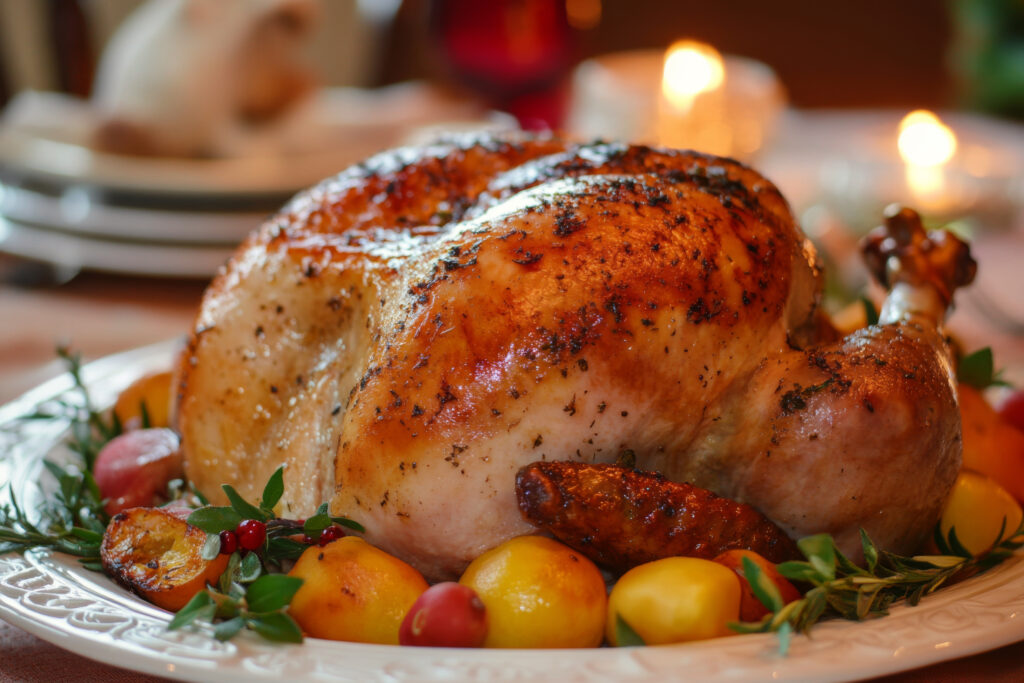
The modern American Thanksgiving is often seen as a time for reflection and giving thanks for personal blessings. It also marks the beginning of the holiday season, leading up to Christmas. Black Friday, the day after Thanksgiving, has become one of the busiest shopping days of the year, highlighting the blend of tradition and modern consumer culture.
Canada
Canada’s Thanksgiving, celebrated on the second Monday of October, is older than its American counterpart, with its origins in 1578, when explorer Martin Frobisher held a feast of thanks after a perilous journey through the Northwest Passage. Canadian Thanksgiving shares many similarities with the U.S., including the menu and the focus on family, but is also influenced by European harvest festivals.
In Canada, Thanksgiving is less commercialized than in the U.S., and the focus remains on family and community. It is also closely tied to the agricultural calendar, with many Canadians taking the time to appreciate the harvest season. In rural areas, Thanksgiving can include local fairs and community events celebrating the end of the growing season.
South America
Brazil
While not directly tied to the North American concept of Thanksgiving, Brazil celebrates “Dia de Ação de Graças” (Day of Thanks) on the fourth Thursday of November. Introduced in 1949 by President Eurico Gaspar Dutra, this day is marked by religious services, community gatherings, and charitable acts. The celebration reflects the Brazilian spirit of gratitude and community, though it does not have the same widespread cultural impact as in North America.
In Brazil, the day is also an opportunity to promote social harmony and goodwill. Some schools and institutions organize events where people can donate food and other necessities to those in need, emphasizing the community’s role in supporting one another. The day is observed with a mix of religious and secular activities, and while it is not a national holiday, it is recognized by many.
Europe
Germany
Germany’s “Erntedankfest” (Harvest Thanksgiving Festival) is celebrated in late September or early October. This tradition has deep agricultural roots, with thanks given for a bountiful harvest. The celebration includes church services, parades, and the decoration of churches with fruits, vegetables, and grains. In rural areas, it is common to see harvest queens, music, and dance as part of the festivities.
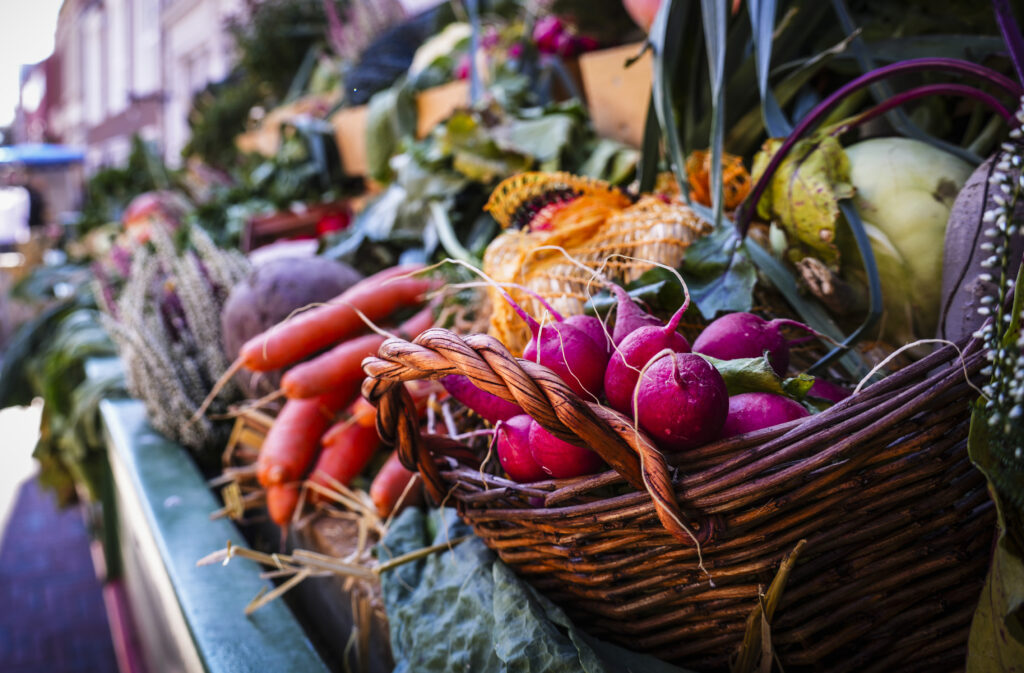
Erntedankfest is not just a religious event but also a community celebration, where people come together to share in the harvest’s success. The festival often includes processions where farmers display their produce, and in some regions, large feasts are held that feature traditional German dishes such as sausages, sauerkraut, and beer. This celebration is a reminder of the importance of agriculture in German culture and history.
United Kingdom
The UK does not have a direct equivalent to Thanksgiving, but “Harvest Festival” in late September serves a similar purpose. The tradition dates back to pagan times, where communities celebrated the gathering of crops. Today, it involves church services, the collection of food donations, and harvest-themed events. The celebration is more subdued compared to North American Thanksgiving but retains the essence of giving thanks.
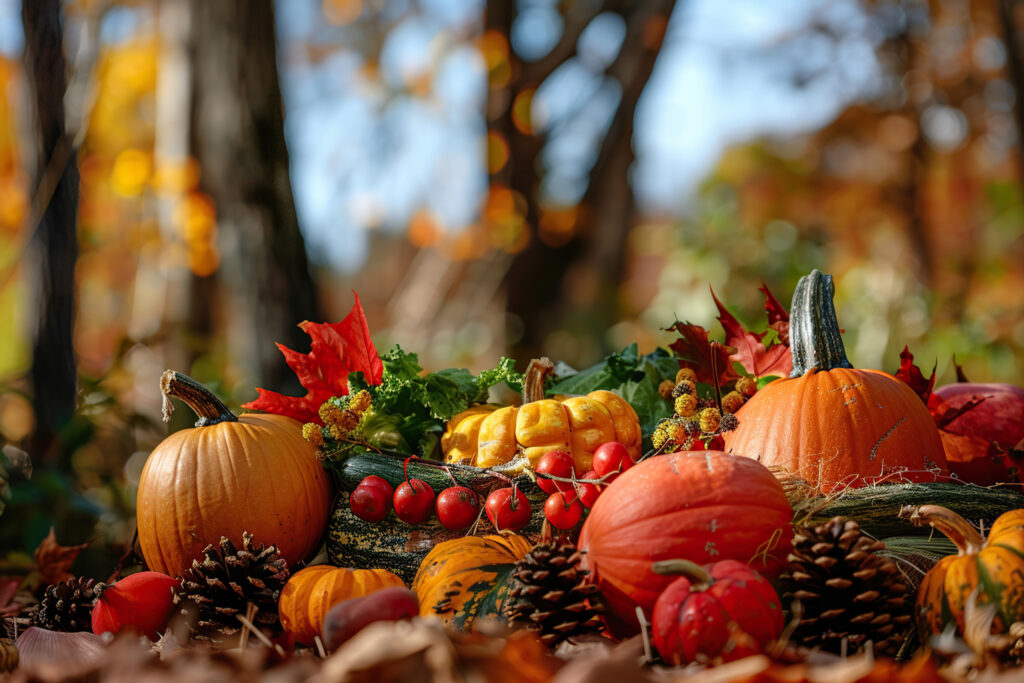
In addition to church services, schools and communities often participate in Harvest Festival by organizing food drives and charity events. These donations typically go to local food banks and charities, emphasizing the importance of sharing with those less fortunate. The UK’s Harvest Festival is a blend of ancient and modern practices, keeping the spirit of gratitude alive in a contemporary context.
The Netherlands
The Dutch celebration of Thanksgiving, or “Dankdag,” is observed on the first Wednesday of November. While it is primarily a religious holiday, with church services being central, it is also a time for families to come together and share a meal. The Netherlands has a unique connection to American Thanksgiving, as the Pilgrims lived in Leiden before their journey to the New World.
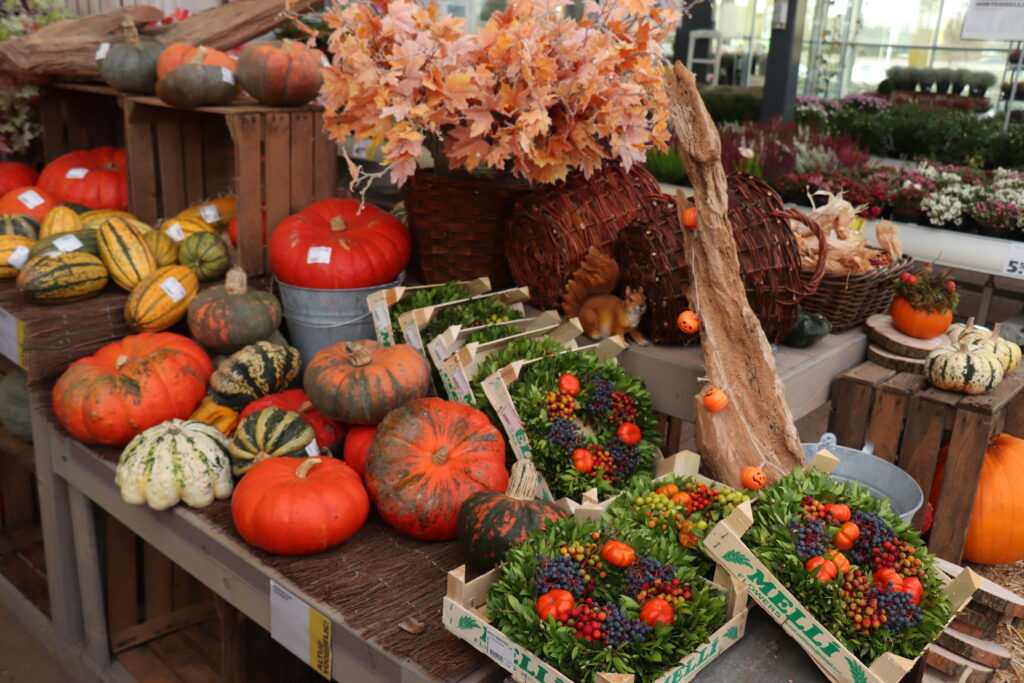
Dankdag is often accompanied by prayers and sermons focusing on gratitude, and while it is not widely celebrated with feasts, it holds a significant place in Dutch religious life. The connection to the American Thanksgiving is commemorated in Leiden with events that highlight the shared history between the two nations.
Asia
Japan
Japan’s “Kinrō Kansha no Hi” (Labor Thanksgiving Day) is celebrated on November 23rd. This holiday, rooted in ancient harvest rituals, is now a day to honor labor and human rights. While it shares themes of gratitude with Thanksgiving, the focus is on appreciating workers and the fruits of their labor rather than on a bountiful harvest. It is a public holiday marked by ceremonies, family gatherings, and community events.

Kinrō Kansha no Hi evolved from the ancient Shinto harvest festival known as “Niinamesai,” where the emperor would taste the year’s rice crop and offer thanks to the gods. Today, the holiday reflects Japan’s modern values, emphasizing respect for work and community. Schools and workplaces often hold events to honor the contributions of workers, and families may enjoy a quiet day at home together.
South Korea
Chuseok, often referred to as Korean Thanksgiving, is one of the most important holidays in South Korea. Celebrated on the 15th day of the 8th lunar month, it is a time to honor ancestors and share a feast with family. The celebration includes traditional foods like “songpyeon” (rice cakes) and rituals such as “charye” (ancestral rites). Chuseok is deeply rooted in agricultural practices and is a time for Koreans to express gratitude for the harvest.

During Chuseok, Koreans travel to their ancestral homes, leading to one of the largest migrations in the country each year. The holiday also includes a strong emphasis on honoring the deceased, with families visiting the graves of their ancestors to clean and offer food and drink. Chuseok is a time of reflection, celebration, and deep cultural significance in South Korea.
Africa
Liberia
Liberia’s Thanksgiving, celebrated on the first Thursday of November, has its origins in the country’s founding by freed American slaves. The holiday mirrors the American tradition, with church services, communal meals, and a focus on giving thanks. The menu, however, includes local dishes like cassava, spicy greens, and roasted meats, blending Liberian culture with the American concept of Thanksgiving.
In Liberia, Thanksgiving is also a time for reflecting on the nation’s history and the resilience of its people. The holiday serves as a reminder of the ties between Liberia and the United States, and it is a day of unity and gratitude. Liberians often use the day to reconnect with family and community, emphasizing the importance of shared heritage and cultural identity.
Oceania
Australia
Australia does not have a national Thanksgiving holiday, but some communities observe a Harvest Festival similar to those in Europe. These celebrations are typically held in rural areas, with church services, community events, and food drives. The focus is on giving thanks for the bounty of the land and the hard work of farmers.
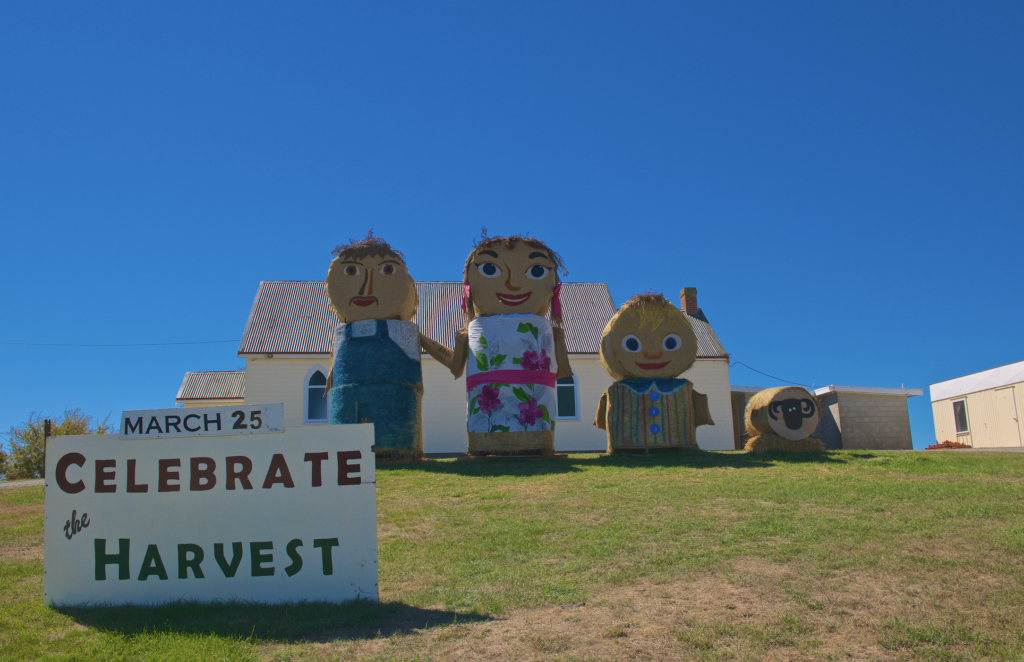
In addition to church services, Harvest Festivals in Australia often include agricultural shows, where farmers display their produce and livestock. These events foster a sense of community and highlight the importance of agriculture in the Australian economy. While not as widely celebrated as in other parts of the world, Harvest Festivals in Australia serve as a reminder of the connection between people and the land.
Easter Traditions and Their Connection to Thanksgiving
While Thanksgiving and Easter are distinct holidays, they share underlying themes of gratitude, renewal, and community. In many cultures, Easter is a time for giving thanks for the resurrection of Christ and the promise of new life. This sense of gratitude often extends to the earth’s bounty, with feasts and communal gatherings that mirror Thanksgiving traditions.
For example, in Italy, Easter is celebrated with large family meals, including lamb, artichokes, and sweet breads, reminiscent of Thanksgiving feasts. In Greece, Easter is the most significant holiday, with a focus on community, family, and elaborate meals, including lamb and “tsoureki” (sweet bread), symbolizing Christ’s resurrection.
Easter is celebrated with processions, feasts, and rituals that express gratitude and reverence in Latin America. In Mexico, the entire Holy Week is filled with traditions that blend indigenous and Christian practices, culminating in festive meals that echo the Thanksgiving spirit of community and thankfulness.
Thanksgiving traditions around the world may vary in their specifics, but they share a common thread of gratitude, community, and celebration. Whether it’s giving thanks for a bountiful harvest, honoring ancestors, or appreciating the labor of workers, these traditions reflect the universal human desire to come together and express thanks for the blessings of life.
As you explore these traditions, you’ll find that while Thanksgiving may have started as a North American holiday, its themes resonate across cultures and continents, each with its unique flavor and history.







